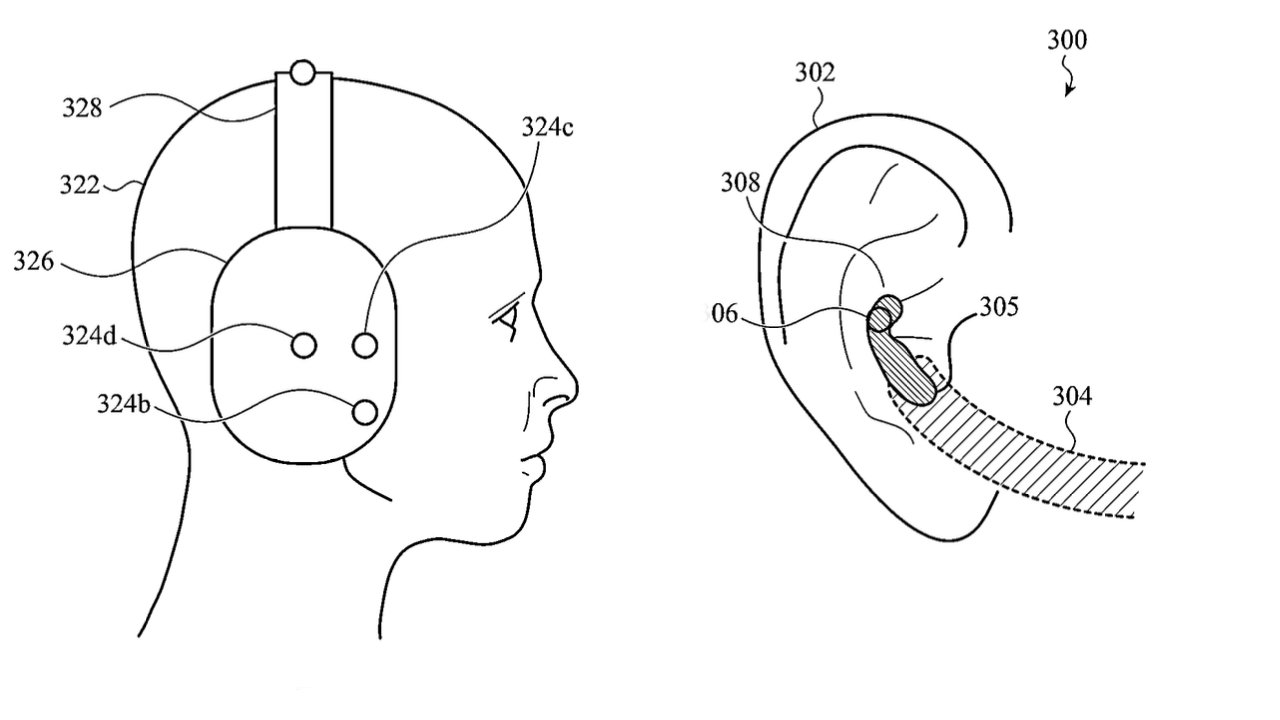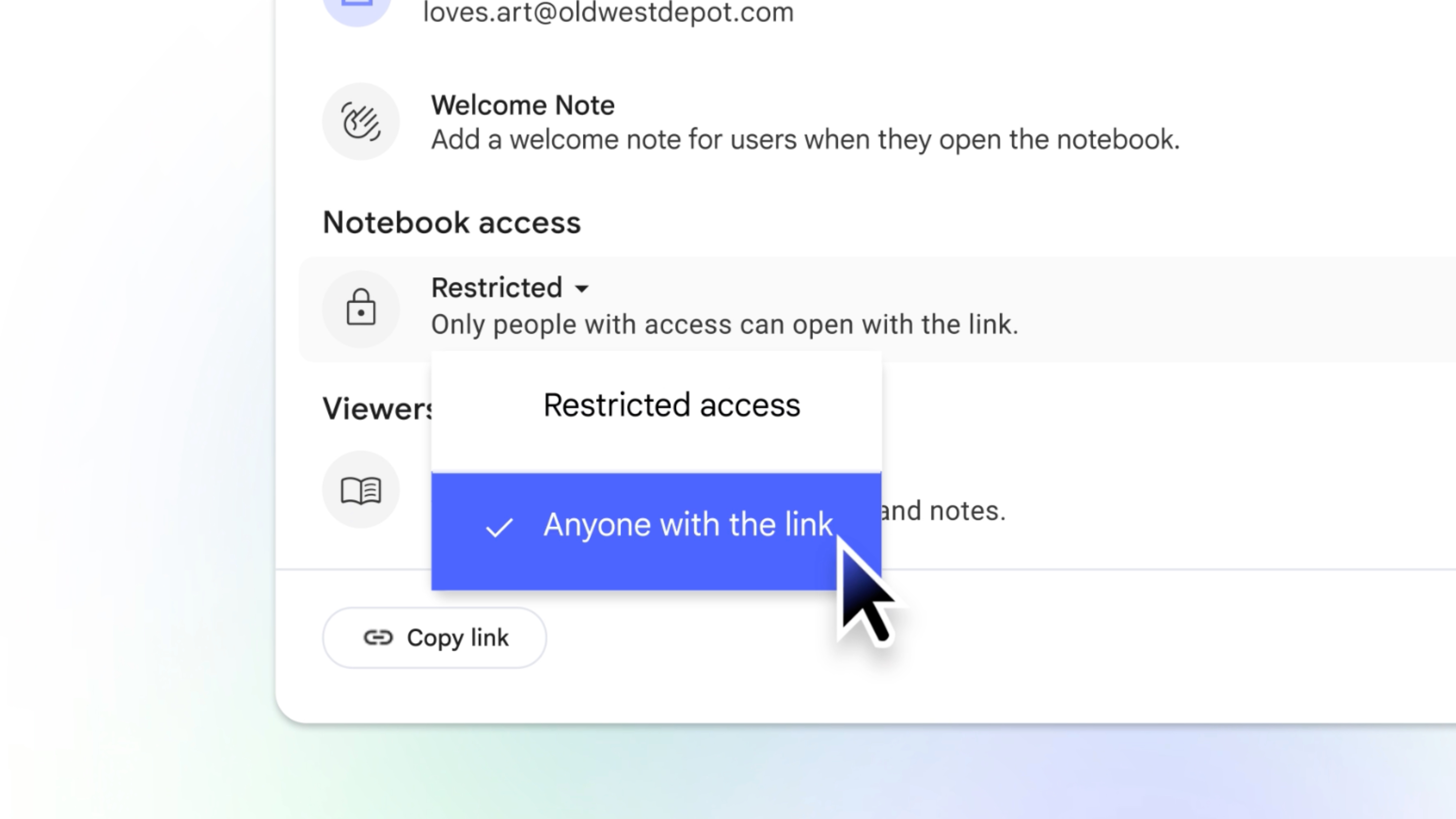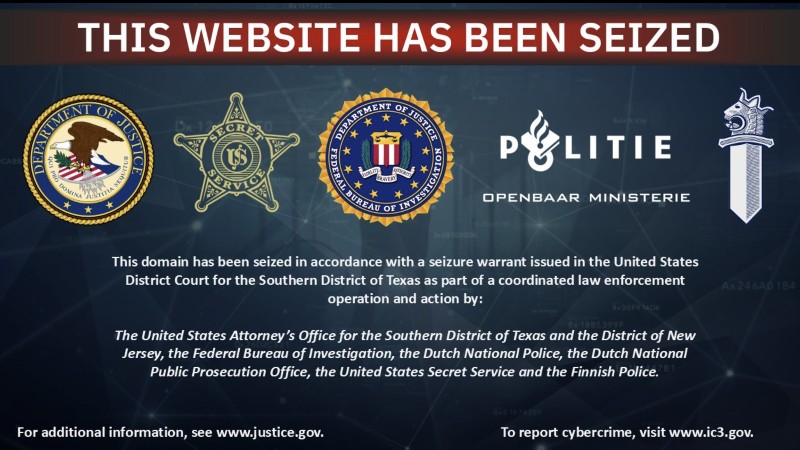Microsegmentation Technical Deep Dive into Network Security
Organizations worldwide are turning to micro-segmentation as a cornerstone technology to combat increasingly sophisticated cyberattacks. Adoption rates are skyrocketing as traditional perimeter-based security models prove inadequate against modern threats. Recent industry data reveals a stark reality: while 70% of cybersecurity professionals agree that micro segmentation is essential for achieving Zero Trust architecture, only 5% of […] The post Microsegmentation Technical Deep Dive into Network Security appeared first on Cyber Security News.

Organizations worldwide are turning to micro-segmentation as a cornerstone technology to combat increasingly sophisticated cyberattacks. Adoption rates are skyrocketing as traditional perimeter-based security models prove inadequate against modern threats.
Recent industry data reveals a stark reality: while 70% of cybersecurity professionals agree that micro segmentation is essential for achieving Zero Trust architecture, only 5% of organizations have actually implemented network micro segmentation today.
This gap represents a significant vulnerability and a massive opportunity as enterprises race to modernize their security infrastructure.
The Technical Revolution
Microsegmentation represents a fundamental shift from traditional network security approaches.
Unlike conventional methods that create broad security zones using firewalls and VLANs, micro segmentation divides networks into granular, isolated segments at the application and workload levels.
This software-defined approach enables administrators to create secure zones to protect individual virtual machines, containers, and even specific applications with custom security policies.
“The granular security controls microsegmentation brings to workloads or applications is invaluable for the modern cloud environment with several applications running on the same server or virtual machine,” according to network security experts.
This precision allows organizations to apply the principle of least privilege at unprecedented levels of detail.
Current Market Dynamics
The micro-segmentation landscape in 2025 is experiencing rapid evolution, driven by cloud adoption and zero-trust architectures.
Industry analysis shows that by 2027, 25% of enterprises working toward Zero-Trust architecture will use more than one deployment form of micro-segmentation, up dramatically from less than 5% in 2025.
Several factors fuel this growth. Cloud-native approaches dominate the market, with container and Kubernetes-specific implementations seeing widespread adoption.
Additionally, identity-based micro-segmentation has become the preferred approach over traditional IP-based segmentation, aligning perfectly with zero-trust principles.
Real-World Impact
Numerous successful implementations across industries demonstrate the practical benefits of micro-segmentation.
The California Department of Water Resources transformed its multi-tenant data center operations, reducing service delivery time from 5 days to 30 minutes while managing over 5,500 servers and 2,600 applications.
Similarly, Children’s Mercy Hospital in Kansas City successfully grouped and configured specialized medical devices while implementing automated security policies for different staff roles.
Modern Woodmen overcame the challenge of managing heterogeneous network infrastructure in the financial sector, gaining control over both virtual and physical devices through a single management interface.
The company improved network visibility and implemented real-time traffic monitoring with automated tagging systems.
Technical Implementation Challenges
Despite their promise, micro-segmentation projects face significant hurdles. Complexity overload ranks as the top concern, with 40% of organizations citing implementation complexity as their primary barrier.
The challenge stems from the need to map every application dependency and network flow while manually creating tags for assets across diverse infrastructure environments.
Resource constraints present another major obstacle, as microsegmentation projects demand significant time, specialized expertise, and financial investment. Many IT teams struggle to allocate necessary resources while maintaining existing operations.
Operational disruption fears cause hesitation, as poorly configured policies can block legitimate traffic and cause system downtime.
Emerging Technologies and Solutions
The industry is embracing AI and machine learning capabilities for policy management to address these challenges. Modern solutions offer intelligent policy recommendations, automated policy generation, and anomaly detection to simplify implementation.
These advances represent a significant step toward making microsegmentation more accessible to organizations with limited security expertise.
Software-defined segmentation has emerged as a particularly effective approach, offering infrastructure-agnostic solutions that work across bare metal, virtualized, PaaS, cloud, and container environments.
This flexibility eliminates the need for complex network reconfigurations and significantly reduces implementation timeframes.
Looking Forward
Industry experts predict that microsegmentation will become increasingly essential as organizations face mounting pressure from regulatory compliance requirements and sophisticated threat actors.
The technology’s ability to contain breaches and limit lateral movement makes it particularly valuable in an era where cyberattacks are becoming more targeted and persistent.
The Gartner Market Guide for Network Security Microsegmentation emphasizes that security and risk management leaders should “build a microsegmentation architecture that restricts the lateral movement of malware in the network and in public and private cloud environments.
As organizations continue their digital transformation journeys, micro segmentation stands poised to become a fundamental component of modern cybersecurity strategies.
It offers the granular control and adaptive protection needed to defend against tomorrow’s threats while supporting today’s complex, distributed computing environments.
Find this News Interesting! Follow us on Google News, LinkedIn, & X to Get Instant Updates!
The post Microsegmentation Technical Deep Dive into Network Security appeared first on Cyber Security News.













































































































































































![[The AI Show Episode 151]: Anthropic CEO: AI Will Destroy 50% of Entry-Level Jobs, Veo 3’s Scary Lifelike Videos, Meta Aims to Fully Automate Ads & Perplexity’s Burning Cash](https://www.marketingaiinstitute.com/hubfs/ep%20151%20cover.png)


























































































































































![Z buffer problem in a 2.5D engine similar to monument valley [closed]](https://i.sstatic.net/OlHwug81.jpg)

























































































.png?width=1920&height=1920&fit=bounds&quality=70&format=jpg&auto=webp#)




















_Kjetil_Kolbjornsrud_Alamy.jpg?width=1280&auto=webp&quality=80&disable=upscale#)


























































































































































































